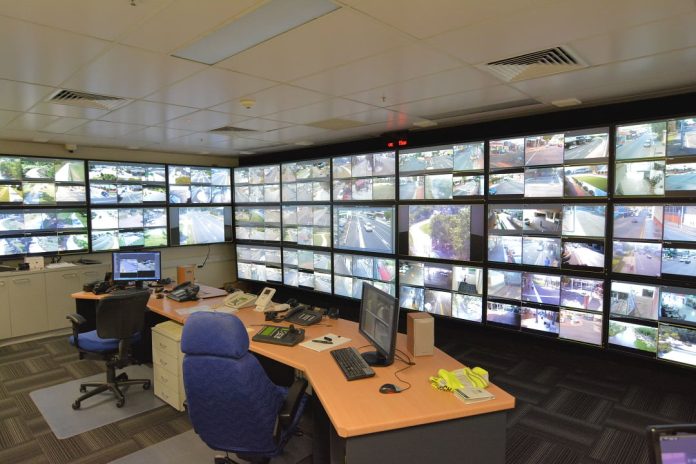One of the fastest growing CCTV user groups in Australia is local councils. Research conducted by the Australian Institute of Criminology gives a snapshot of market penetration, an idea of system size and topology, as well as a sense of the usage and value of these public surveillance solutions to police investigations.
RESEARCH conducted by the Australian Institute of Criminology into public surveillance systems installed by councils around Australia is highly instructive given the fact it’s hard to get a sense of the number of systems, how they are used and whether or not they provide value. The AIC’s research on the subject was published last year and while there’s been continual growth in the market since, the findings remain valuable for industry and end users.
For a start, 561 councils around Australia were invited to participate and 221 completed the survey, a response rate of 39 per cent. Of the responders, 57 per cent reported they had a CCTV system, 12 per cent did not have one but planned to install one and 37 per cent had no CCTV system and no plans to install one. The figures showed huge growth in the market over a 10-year period, with earlier research showing only 9 per cent of councils used CCTV in 2005. In addition, only 2 per cent of councils intended to install it in 2005. What this means is that the proportion of councils with CCTV systems or a plan to install CCTV systems has increased from 11 per cent to 69 per cent in 10 years.
Of the 30 per cent of responding councils who had no CCTV and did not plan to install it, reasons were a perception CCTV is not required as crime is low (65 per cent), that CCTV was not a strategic priority (65 per cent), lack of funding (51 per cent), lack of community support (25 per cent), lack of expertise in council (13 per cent), and the perception CCTV does not reduce crime (5 per cent).
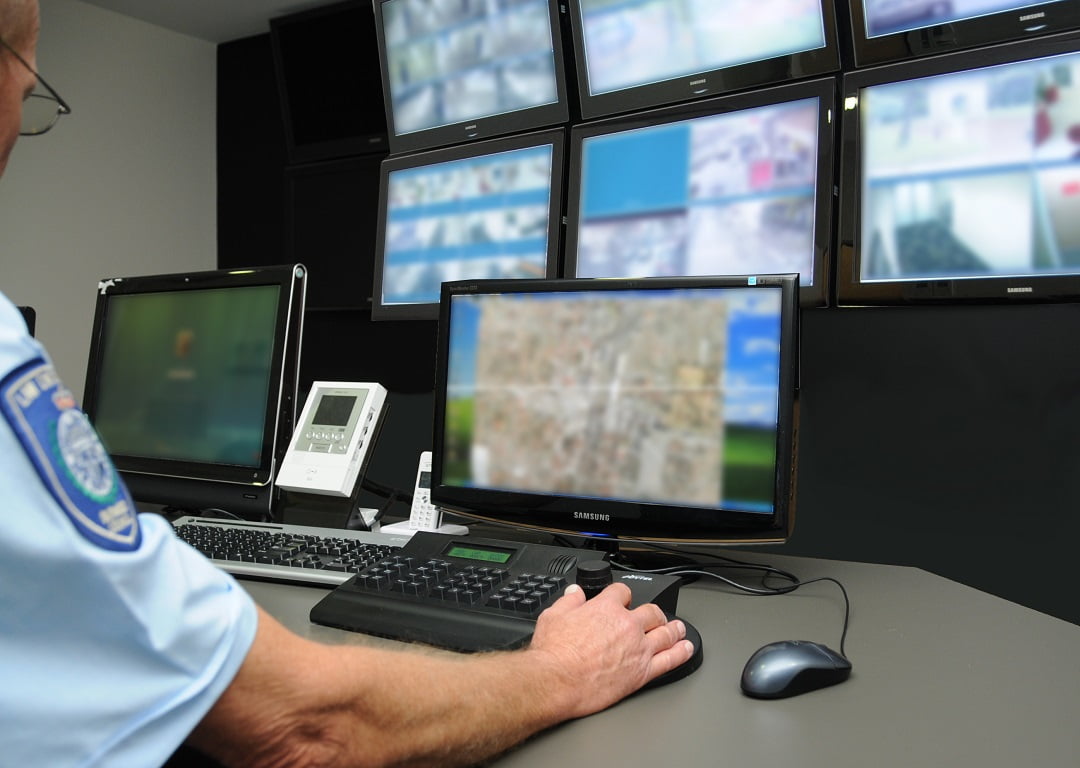
While a large number of councils without CCTV cite funding as an issue, there is a considerable amount of funding on tap. There’s the National Community Crime Prevention Programme (NCCPP), Proceeds of Crime Act (POCA) funding program, Safer Suburbs, Secure Schools and, most recently, Safer Streets. A number of state and territory crime prevention agencies have also established CCTV funding streams within their grants programs, such as the Public Safety Infrastructure Fund in Victoria and the Community Crime Prevention Fund in WA. Other government agencies also offer funding for CCTV without the explicit goal of preventing and detecting crime, while a number of private corporations have also provided funding for local government CCTV.
The research showed 58 per cent of councils had received funding for CCTV over a 5-year period, with an average $A198,214 received by each council. Most of this funding was provided for capital infrastructure and installation costs, rather than for the ongoing maintenance of CCTV systems.
Characteristics of CCTV systems
Overall, the mean number of open street CCTV systems reported by councils was 5.0, while the mean number of cameras operated by local councils was 43.2. Around 53 per cent of all councils reported operating 20 cameras or fewer, while 27 per cent had 10 cameras or fewer. Only 12 per cent of councils reported having more than 100 CCTV cameras in operation at the time of the survey. These numbers suggest that a small number of councils account for a significant proportion of all cameras currently being operated by local government.
The survey results also showed that cameras have been installed by local councils in a range of different locations. Among those councils that had CCTV in operation at the time of completing the survey, 56 per cent had cameras installed on local council owned property (libraries, cultural centres, waste transfer stations, swimming pools), 48 per cent had cameras in recreational areas, 28 per cent had cameras in outdoor shopping malls and 27 percent had cameras installed in car parks. Around 18 per cent reported having cameras installed in an entertainment precinct. The most common location for the main CCTV system (the system with the largest number of cameras) was council-owned property (25 per cent of councils with CCTV), this was followed by recreational areas (21 per cent).
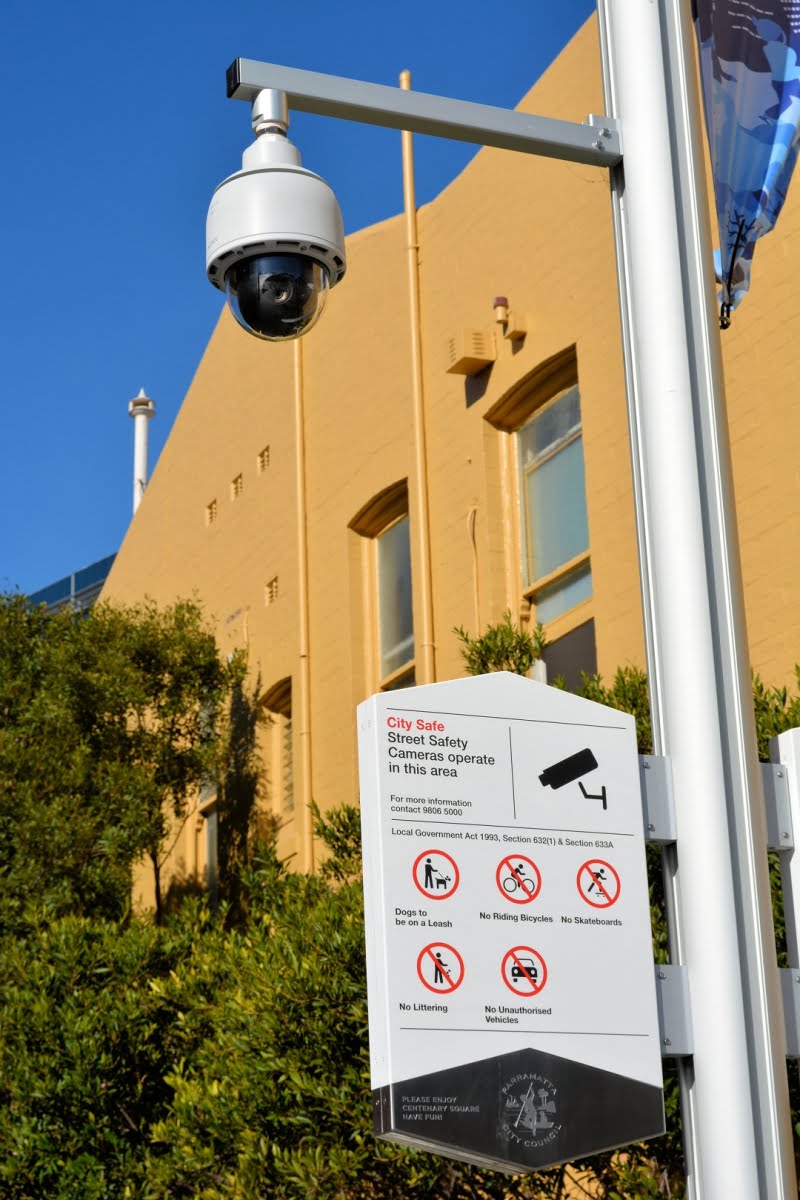
Using earlier data for comparison, researchers found there has been an increase in the proportion of councils with more than 15 cameras in operation between 2005 and 2014 (from 31 per cent to 43 per cent). There have also been increases in the use of digital technology (from 59 per cent to 83 per cent), use of colour imaging has gone up (from 61 per cent to 80 per cent) and the use of wireless connections has increased (from 33 per cent to 41 per cent). The size and sophistication of camera systems (or at least the main camera system) appears to have increased significantly in the past decade.
The research showed that CCTV systems vary in terms of control room operations, which the report suggested are the most crucial element of a CCTV system where the aim of a scheme is to improve the response of police or private security to incidents as they occur. The monitoring of CCTV can be classified into 3 broad categories: Active monitoring, where a person sits and monitors camera footage in real time; passive monitoring, where monitors are in view and are casually monitored by staff who react when an incident is observed in progress; or no monitoring, where recording devices record images that can be viewed if a crime is reported.
Responses to the survey indicate that the majority of main systems operated by councils are not monitored (61 per cent), while a further 15 per cent were occasionally monitored by an operator during business hours (passive monitoring). Only 10 per cent of systems were actively monitored, either during business hours or 24 hours a day.
Based on earlier data, the research shows the number of main systems actively monitored has fallen from around 25 per cent to 10 per cent over the last decade, while the proportion of main CCTV systems that are passively monitored has fallen from 22 per cent to 15 per cent. The proportion of main systems that are not monitored has doubled from 31 per cent to 61 per cent.
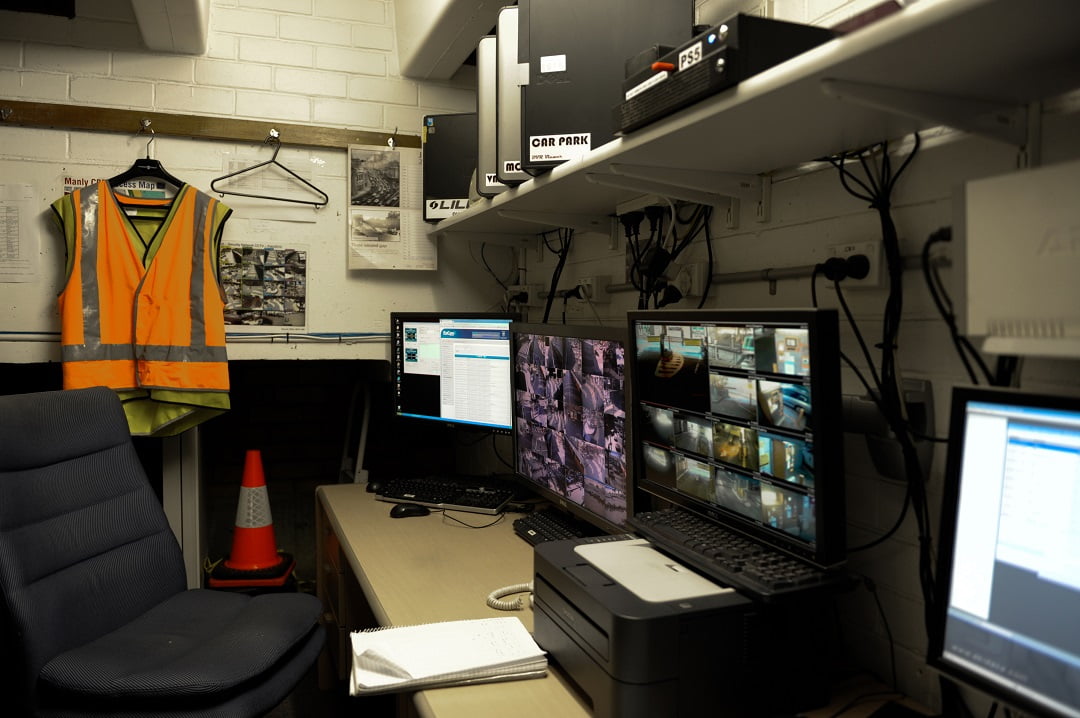
Further, there are important differences between councils and jurisdictions in terms of the relationship between local government and police and the extent to which police are willing and able to monitor local government-operated CCTV. The actual benefit of monitoring CCTV systems will ultimately depend on its intended use. Specifically, monitoring offers the greatest benefit where it is used to support the rapid deployment of police or security personnel (or both). While this requires the resources to support monitoring activity, it also requires an effective working relationship between camera operators and local police or security providers.
Use of CCTV footage by police
The AIC survey included a number of questions about the frequency with which CCTV footage was requested by police where police were not responsible for monitoring the footage themselves. This is important, given that there appears to have been a recent shift towards placing greater importance on the value of CCTV footage in criminal investigations, rather than focusing primarily on the crime prevention benefits of camera systems.
Overall, 81 per cent of councils had received at least 1 request from police for camera footage from a system they owned or operated. Around 20 per cent of councils reported having received requests for footage from police approximately once a week on average, while a further 19 per cent of councils received requests on a monthly basis. And 15 per cent of councils had not received a request for camera footage in that financial year.
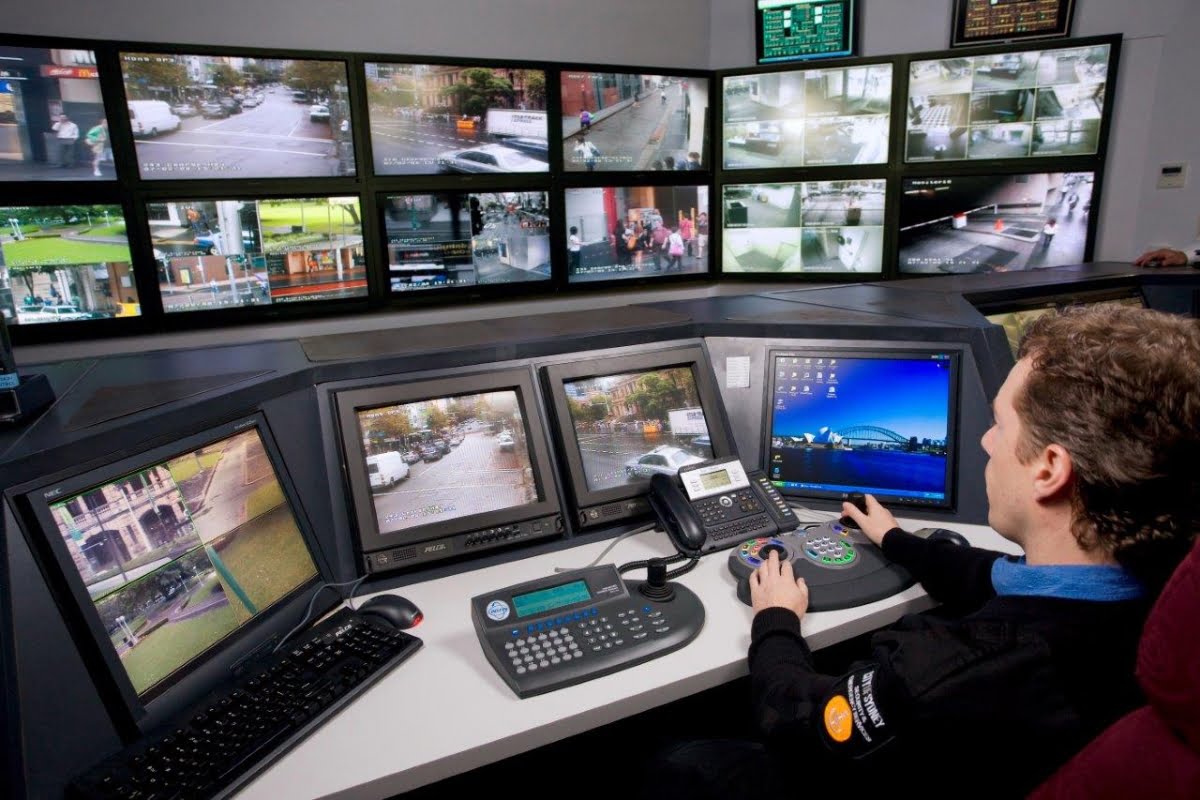
Councils were also asked to indicate the extent to which police had used this footage for different purposes (to the best of their knowledge). In this case, 69 per cent of councils who had received a request for footage from police reported that it had been used to successfully identify an offender ‘sometimes’ or ‘often’, and 55 per cent of councils reported that the footage had been used to prosecute an offender ‘sometimes’ or ‘often’. CCTV footage provided by local councils was used 33 per cent of the time to seek information from the public about a crime and 16 per cent of the time in community safety messages.
In short, CCTV use is growing, CCTV systems are becoming much more sophisticated thanks to IP-based technologies and wireless links, and there’s significant funding available for those councils seeking it. Research shows video images are often requested by police and many councils believe their footage makes a significant contribution in identifying and apprehending offenders. However, many councils would also like more feedback from police on the effectiveness of footage they provide. And researchers found a consistent theme throughout the survey was the need for local government and police to work more collaboratively in designing, managing and monitoring CCTV systems.♦




